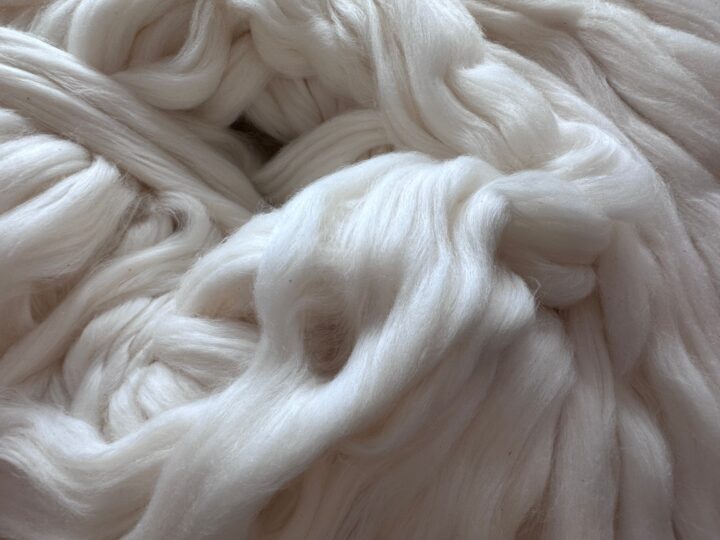Metavoxel creates high-performance materials by mimicking the open cellular architecture of bone, wood, and sponges.
Benefits
- Improved physical properties of materials
- Reduced use of material resources
- Widened range of potential physical characteristics for a material
- Increased usefulness of sustainable materials
Applications
- Architecture
- Infrastructure
- Vehicle design
The Challenge
Humans use about 100 billion tons of material per year to make everything in our built environment. This produces about 25 percent of global greenhouse gas emissions, and a third of this material ends up as waste.
Can we find a way to build with materials that achieve the same physical properties using far fewer resources?
Innovation Details
Engineers at Metavoxel Technologies have designed simple building elements about the size of a credit card that can be mass produced and assembled by high-speed robotics into 3-D cellular building blocks. When connected together they form “metamaterials” that exhibit properties the raw materials themselves do not possess.

Different initial shapes impart different properties on the metamaterial. Simple, open squares give strength and structure. Add an accordion bend on each side, and that slight amount of give is multiplied many times over to create a squishy material made out of much more rigid matter.
With this revolutionary approach, novel metamaterials can be designed to have unique, customizable properties determined by other cellular geometries. And they can be produced from a range of materials, including wood and biocomposites—to make strong but ultra lightweight construction materials for buildings, bridges, furniture, vehicles, and more.
Metamaterials also need fewer raw materials, so they can sharply reduce the amount of resources being extracted from the Earth.
Biological Model
Over billions of years, evolution hones the architecture of not only the large-scale structures within organisms, but also the microscopic building blocks of those structures themselves.
Take, for example, the deep sea sponge called Venus’s flower-basket. Its skeleton is a tube made of glass, but instead of being solid, it’s built up from threadlike vertical, horizontal, and diagonal struts.
The skeleton’s open cellular architecture allows it to compress, bend, and stretch––in ways that solid glass never could. The same is true of bone and wood. This structural system enables organisms to use a minimal amount of material to achieve maximum performance.
Ray of Hope Prize®
The Ray of Hope Prize celebrates nature-inspired solutions addressing the world’s biggest environmental and sustainability challenges. Created in honor of Ray C. Anderson, founder of Interface, Inc. and a business and sustainability leader, the $100,000 Ray of Hope Prize helps startups cross a critical threshold in becoming viable businesses by amplifying their stories and providing them with equity-free funding. The prize shines a light on the innovative, nature-inspired solutions that we need to build a sustainable and resilient world. Metavoxel was selected as a finalist for the 2022 Ray of Hope Prize.






